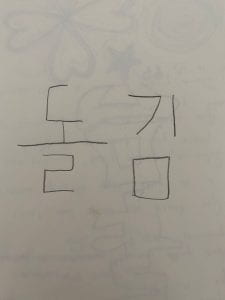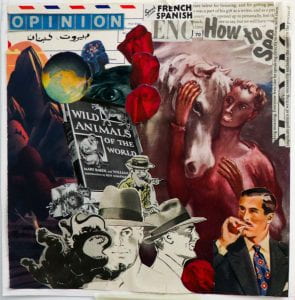Maps
https://paris.sous-surveillance.net/
https://www.google.com/maps/d/u/0/viewer?gl=fr&ptab=2&ie=UTF8&oe=UTF8&hl=fr&msa=0&start=800&num=200&err=1&mid=1P5GocaEjGdb9jBb6WM9aXOcxcK4&ll=48.866952896062216%2C2.333412530718533&z=13
Herrman, John. “Google Knows Where You’ve Been, but Does It Know Who You Are?” The New York Times. The New York Times, September 12, 2018.
https://www.nytimes.com/2018/09/12/magazine/google-maps-location-data-privacy.html.
“More often, however, the details of place and movement are being processed in the background, where that information is recorded because it can be, and made available to tools we largely take for granted. These tools are good at showing us what Google wants, as well at what it thinks it knows. It is something else to see what Google has.”
“Where I saw a surveillance file, he saw a biography. Google was the author of both, but for now at least it was interested in neither.”
https://www.nextgov.com/cybersecurity/2015/01/why-police-need-hack-cctv-systems-paris-and-elsewhere/102612/
Sternstein, Aliya. “Why Police Need to Hack Into CCTV Systems in Paris and Elsewhere.” Nextgov.com. Nextgov, December 22, 2016. https://www.nextgov.com/cybersecurity/2015/01/why-police-need-hack-cctv-systems-paris-and-elsewhere/102612/.
Gifs
http://68.media.tumblr.com/4d1a15d80075e709125a6721d916e8ec/tumblr_ndmte7S8ji1qhreumo1_1280.gif
https://www.are.na/block/194086
https://www.are.na/block/2173140
Readings
- Meadows, Donella H., and Diana Wright. Thinking in Systems: a Primer. White River Junction, VT: Chelsea Green Publishing, 2015.
A system is a set of interconnected things that produce their own pattern of behavior over time.
3 things : elements, interconnections and function/purpose.
Structure and behaviour relationships make the system better or poor.
Since the Industrial Revolution, Western society relies on science,logic & reductionism (contrary to intuition and holism). The problem is always external not internal, always shifting the blame on others and obsessing over control.
There are always so many outside circumstances, affected by other circumstances, that alter the results.
Every system has a function to ensure its own survival.
“The behaviour of a system cannot be known just by knowing the elements of which the system is made”.
Function/purpose is the most crucial in determining its behaviour.
- Latour, Bruno, Emilie Hermant, and Liz Carey-Libbrecht. Paris: Invisible City. France: Bruno Latour, 2006.
With “ifs we could put Paris in a bottle,” goes the saying in French; with maps we put it in even faster (Plan 6)
Every panopticon is an oligopticon: it sees little but what it does see it sees it well (plan 29)
Society of surveillance (plan 29)
- Foucault, Michel. Discipline & Punish. Vintage Books, 1979.
“Inspection functions ceaselessly. The gaze is alert everywhere.” (p.195)
“ He is seen but does not see; he is the object of information never a subject in communication.” p200
“It is the diagram of a mechanism of power reduced to its ideal form.” p205
“But the Panopticon was also a laboratory; it could be used as a machine to carry out experiments, to alter behavior, to train or correct individuals.” (p.203)
Herrman, John. “Google Knows Where You’ve Been, but Does It Know Who You Are?” The New York Times. The New York Times, September 12, 2018.
Art & Design Inspiration
https://www.are.na/hassan-rahim/map-projections
https://scottreinhard.com/Mapping-and-Visualization
http://www.joycekozloff.net/
https://www.are.na/block/1474622
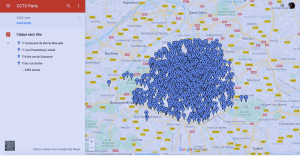
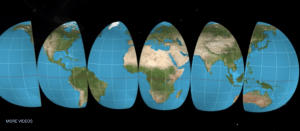
 Map of all CCTVS (private and public) in Paris.
Map of all CCTVS (private and public) in Paris.
 pat naldi and wendy kirkup, Search, 1993
pat naldi and wendy kirkup, Search, 1993
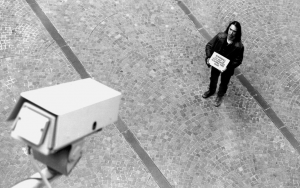 Denis Beaubois, Amnesia performance, 1996
Denis Beaubois, Amnesia performance, 1996

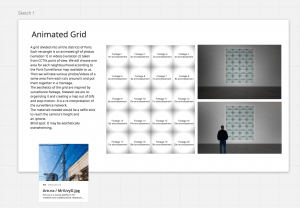




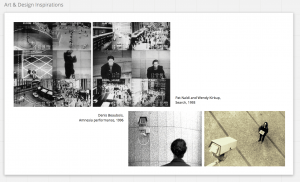




 Map of all CCTVS (private and public) in Paris.
Map of all CCTVS (private and public) in Paris. pat naldi and wendy kirkup, Search, 1993
pat naldi and wendy kirkup, Search, 1993

